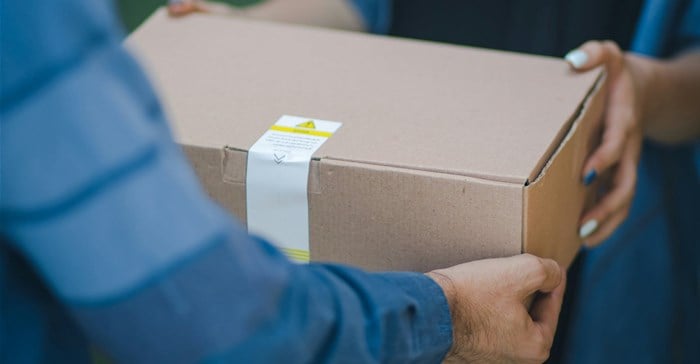
6 lessons small online retailers can learn from big-name online retail stores
In 2023 Amazon delivered goods to members using its Prime service at faster-than-ever speeds globally, with seven billion items arriving either on the same or the next day.

Image supplied. Jaco Roux, head of product at South African e-commerce ecosystem, Bob Group, looks at how smaller businesses can compete with big-name online retail stores
One of the major reasons big-name online retail stores like Amazon enjoy the market share they do is because of the speeds at which they deliver. They can do this because they have a highly focused strategy.
Warehouses are established in optimal locations, sophisticated technology tracks and improves delivery routes, inventory management is next-level, communication with customers is exemplary and forecasting to anticipate customer demand is sublime.
What about smaller online businesses?
Amazon is a trillion-dollar company; realistically smaller online businesses simply do not have the resources to compete at this level.
That is not to say that lessons can’t be learnt. Local online merchants need to look at their circumstances and then devise strategies that work within them.
6 Lessons
- Stock availability: To begin with, stock availability is fundamental. If an item is readily available to be picked and packed, it will ensure the order processing is completed on time.
- Handling time: This includes the preparation and packaging of the item directly affects how quickly a product can be dispatched.
- Delivery time: This depends on the distance between the warehouse and the customer's location as well as the courier's efficiency. All these elements must be efficiently managed to meet customer expectations for prompt delivery.
Challenges in meeting delivery time expectations almost always hark back to stock availability, handling times and delivery time. Stock levels and handling processes need to be monitored continuously.
- Reputable courier companies: Online retailers must choose reputable courier companies that adhere to their service level agreements, ensuring reliability and timeliness.
- Prioritise their delivery services in densely populated urban areas: These areas have a high demand for speedy delivery. This strategic focus allows online retailers to optimise logistics routes and maintain frequent delivery schedules, significantly reducing delivery times.
In addition, these retailers often have warehousing or distribution centres near these urban centres to minimise transit times. This prioritisation not only enhances customer satisfaction by meeting expectations for rapid delivery but also allows online retailers to operate more efficiently.
However, it can impact delivery times in rural or less densely populated areas, where delivery might be less frequent or involve longer routes.
- The rise of shipping platforms: Platforms like Bob Go are helping smaller online businesses streamline order fulfilment and utilise various couriers without the need to invest substantial sums of money and resources.
While big-name online retailers like Amazon have raised the bar for delivery speed, smaller businesses can optimise their logistics strategies to meet customer expectations by focusing on stock availability, handling times, and choosing reliable courier partners.
About Jaco Roux
Jaco Roux is the head of product at the South African e-commerce ecosystem, Bob Group.Related
Q1 market turmoil: Tech giants hit hard by Trump’s deregulatory plans 1 day Puma’s biggest global campaign Go Wild: Rooted in history with a new vision of sports 28 Mar 2025 Warc study shows growth this year but still downgrade of almost one percentage point 28 Mar 2025 EXCLUSIVE: Scopen research - Be integrated, AI-powered and strategic, or be left behind 20 Mar 2025 Social media's impact: Driving business strategies from marketing to ROI 18 Mar 2025 Unlock hidden revenue: How to turn your data into a profit powerhouse 18 Mar 2025












